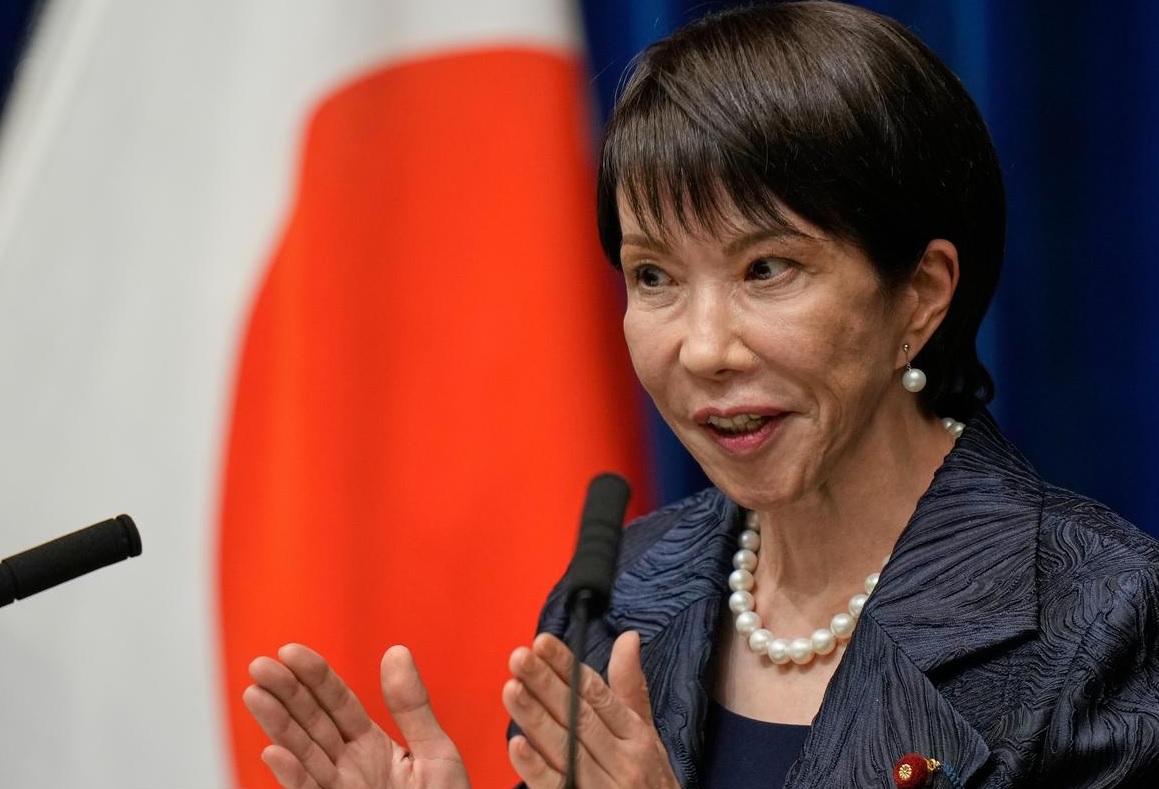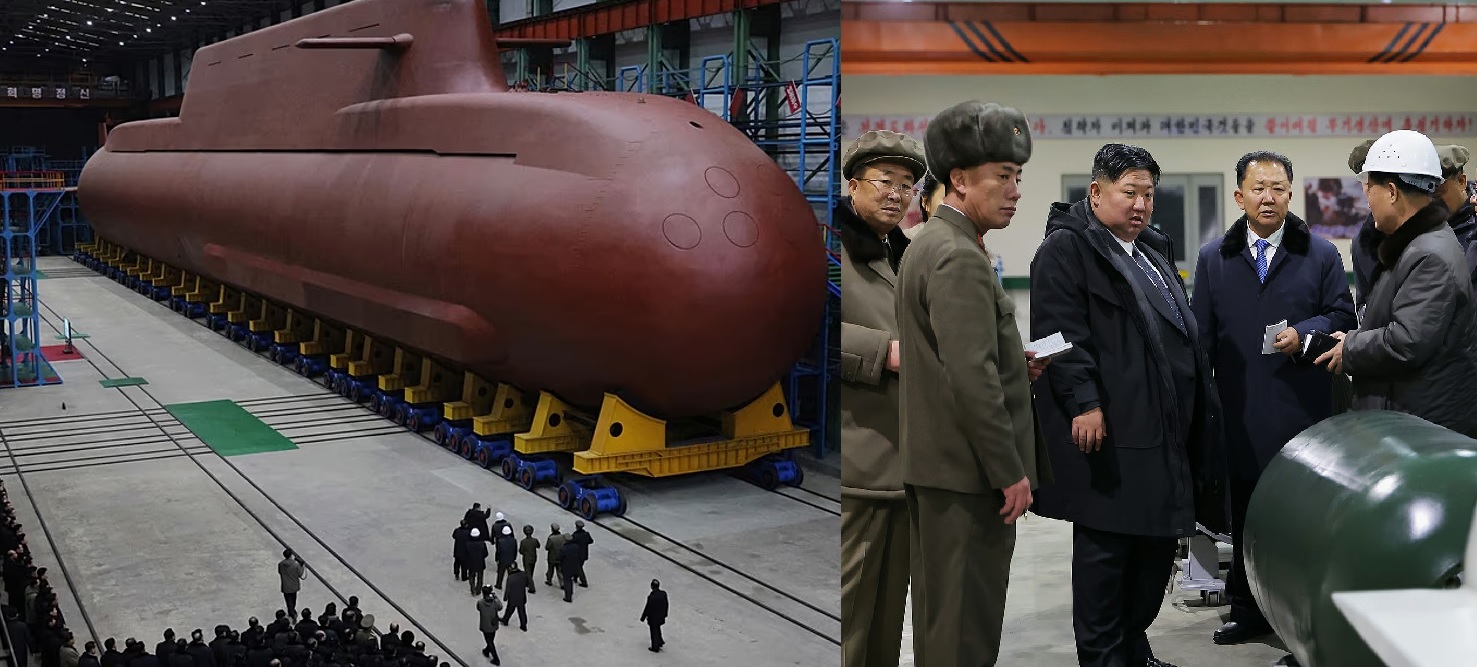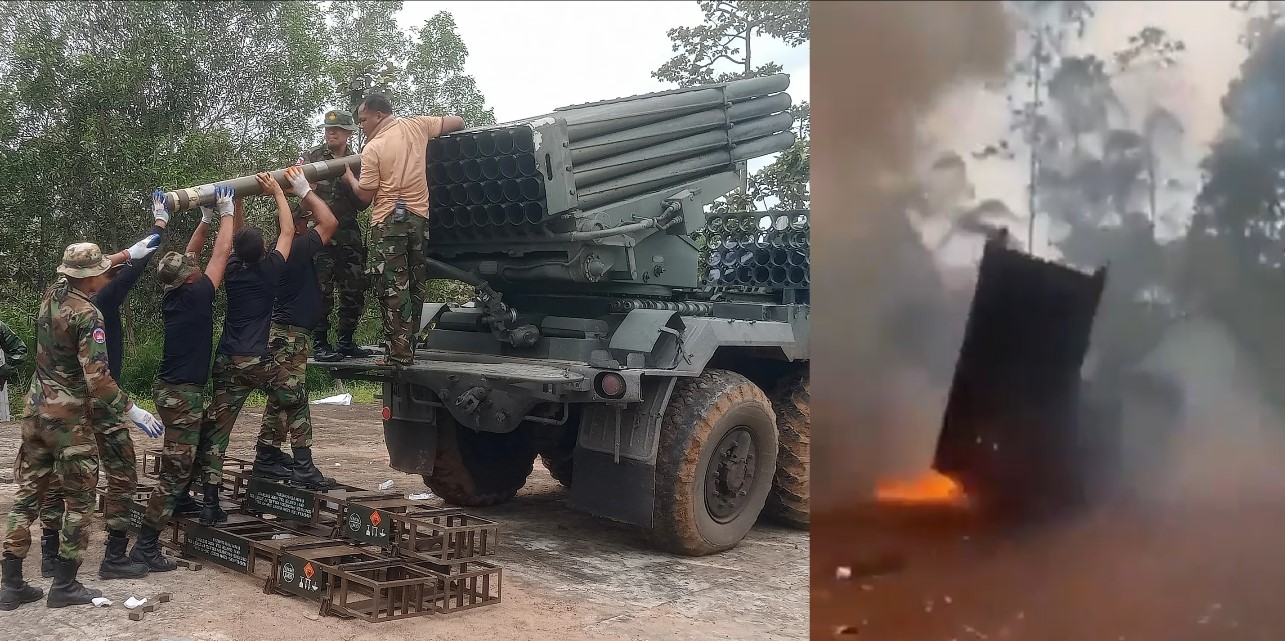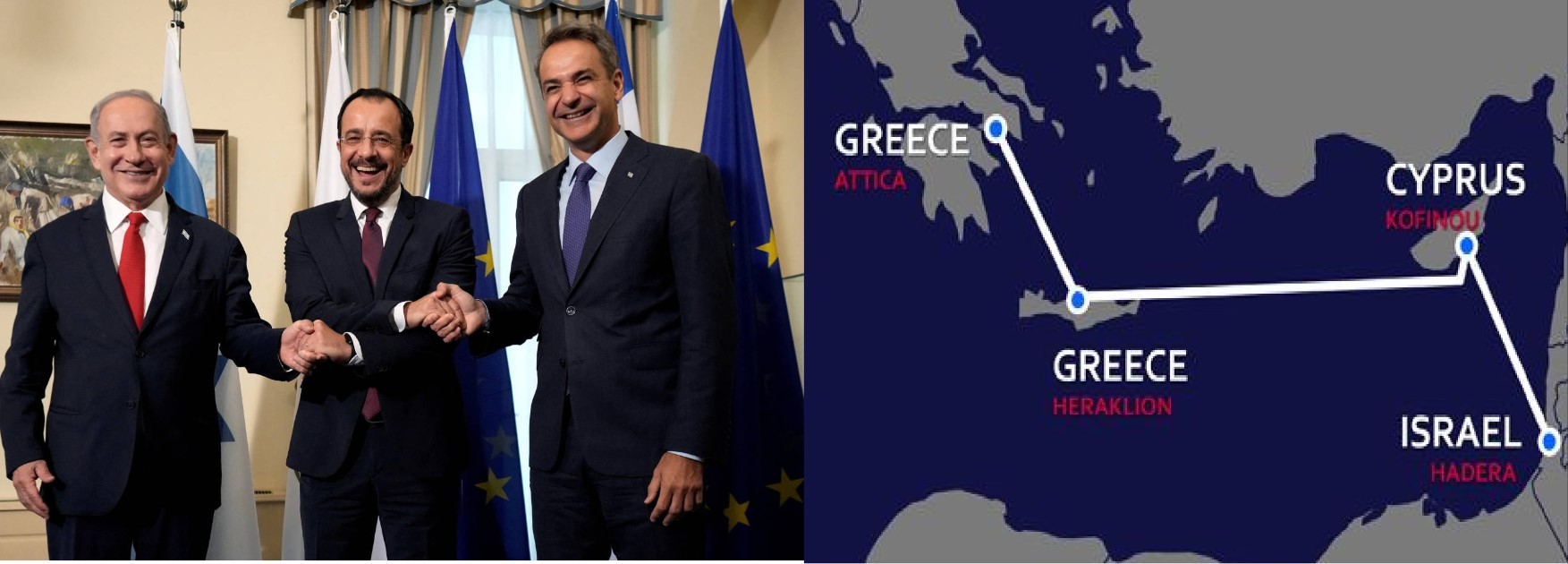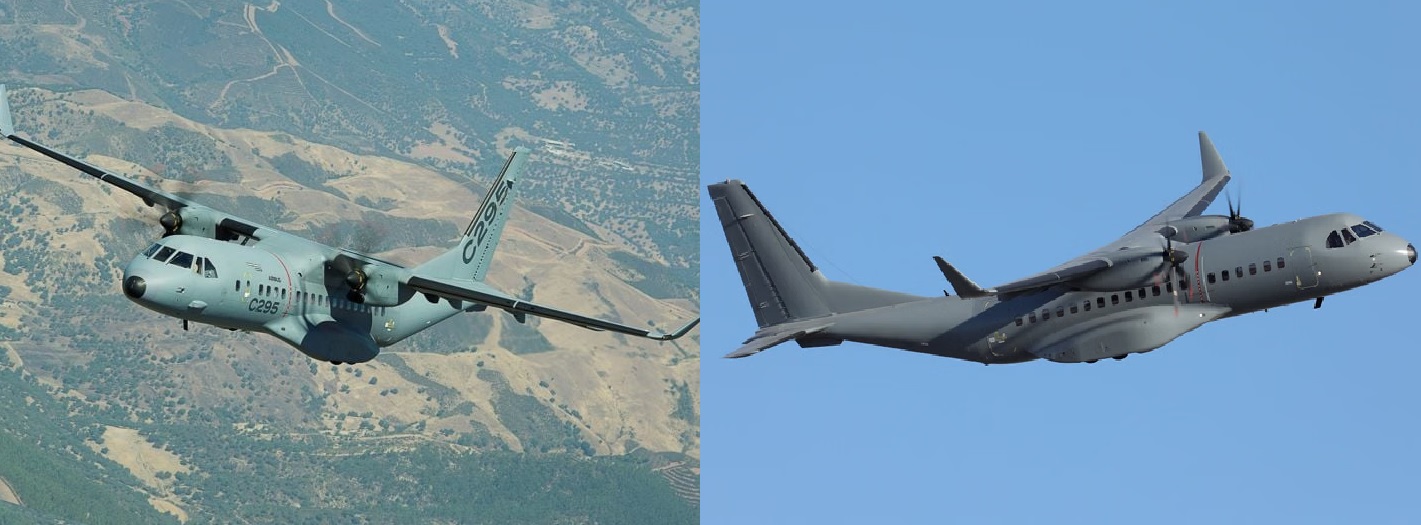India and Armenia Set to Finalize $4 Billion Defence Deal to Boost Yerevan’s Air and Missile Power
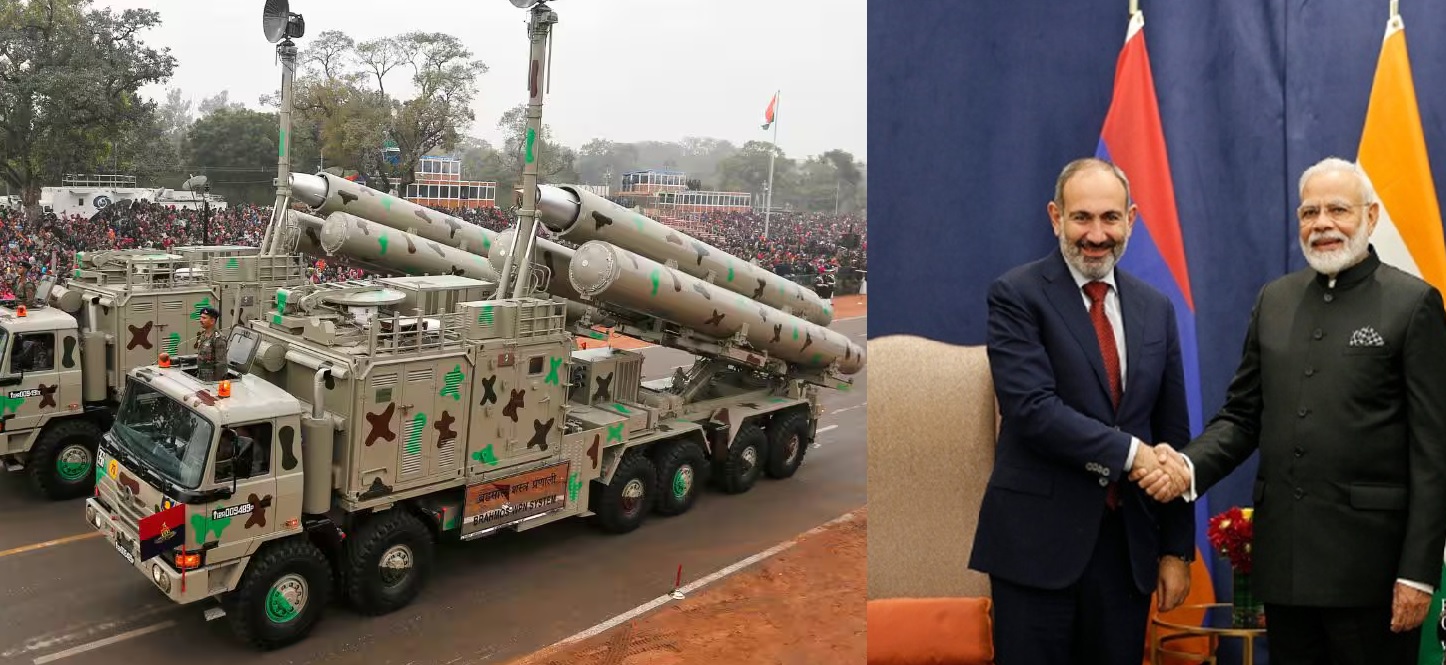
India and Armenia are close to signing defence memoranda of understanding (MoUs) worth an estimated $3.5 to $4 billion, marking one of New Delhi’s largest-ever defence export agreements. According to diplomatic and defence sources, the forthcoming deals are centred on modernising Armenia’s air defence network, missile systems, and artillery — a move that could reshape the balance of power in the volatile South Caucasus.
Akash-NG: The Cornerstone of Armenia’s Air Defence Revival
Sources told Republic Network that negotiations are at an advanced stage for the Akash-NG surface-to-air missile system, India’s next-generation SAM designed by DRDO. The system features an extended interception range of 70–80 km, enhanced radar seeker, and can target multiple aerial threats simultaneously, including drones, aircraft, and cruise missiles.
If finalised, the integration of Akash-NG into Armenia’s layered air defence network would mark a strategic leap, providing Yerevan with autonomous protection capabilities independent of Russian-supplied S-300 and 9K33 Osa systems. Armenian officials reportedly see Akash-NG as the backbone of their modern air-defence architecture — flexible, mobile, and battle-proven under Indian conditions.
BrahMos Surge After Operation Sindoor
The BrahMos supersonic cruise missile — co-developed by India and Russia — has emerged as another focal point of Indo-Armenian discussions. Sources indicate that demand for BrahMos has surged sharply following its successful operational deployment during India’s “Operation Sindoor”, which showcased the missile’s precision and reliability.
Negotiators are currently finalising a co-production framework that would allow licensed assembly of BrahMos components within Armenia. This would make Yerevan not just a buyer, but a partner in missile production, a landmark step for India’s growing global defence industry.
If concluded, this would be the first instance of BrahMos assembly outside India, underlining both nations’ trust and long-term strategic alignment.
Pinaka MLRS: Expanding Armenia’s Artillery Reach
Parallel negotiations are also progressing on the Pinaka Multi-Barrel Rocket Launcher System (MLRS) — a powerful, indigenously developed artillery weapon capable of delivering concentrated firepower up to 75 km away.
Armenia has shown keen interest in Pinaka due to its mobility, quick deployment, and precision-guided rocket capability, ideal for the country’s mountainous terrain and contested borders. Analysts say the induction of Pinaka would significantly enhance Armenia’s long-range strike and deterrence capabilities, filling a crucial gap in its existing artillery inventory.
From Buyer to Partner: Armenia’s Pivot Toward India
The groundwork for this unprecedented partnership was laid quietly over the past three years. Armenia, which once relied almost entirely on Russian defence supplies, began diversifying its procurement sources after 2020’s Nagorno-Karabakh conflict.
In May 2023, Yerevan posted its first defence attaché in New Delhi, signalling a diplomatic and military realignment. India reciprocated a year later by establishing its first-ever military attaché in Yerevan — the only such posting in the Caucasus region.
The relationship deepened with Armenia’s purchase of four Swathi Weapon Locating Radars worth $40 million, systems now deployed along its frontlines and praised for outperforming comparable Russian and Polish models.
Since then, India has delivered a steady stream of equipment — from Konkurs anti-tank missiles and Zen anti-drone suites to 155 mm artillery guns and Akash batteries — all under the umbrella of India’s “Make in India” export initiative.
Geopolitical and Industrial Significance
The upcoming $4 billion deal underscores India’s rise as a global defence supplier. It fits neatly within New Delhi’s goal of reaching $26 billion in defence production by 2030. For Armenia, the agreements offer a strategic alternative to Russian dependency, ensuring supply security and access to advanced, cost-effective technology.
This growing partnership also carries regional implications. Armenia’s collaboration with India complements its expanding diplomatic outreach to Greece, Cyprus, and Iran — countries that share a cautious stance toward Turkey and Azerbaijan’s growing assertiveness.
By bringing Akash-NG, BrahMos, and Pinaka into Armenia’s arsenal, New Delhi is effectively extending its strategic influence westward into the Caucasus — an area traditionally dominated by Moscow and Ankara.
Beyond Weapons: A Broader Strategic Relationship
Beyond hardware, both sides are building institutional linkages. The India–Iran–Armenia trilateral dialogue, held in New Delhi in December 2024, focused on transport corridors and cultural cooperation. A week later, Armenia participated in defence-specific talks in Athens with Greece and Cyprus — further proof of its westward reorientation.
Each of these developments is part of a larger framework aimed at transforming India–Armenia ties from transactional to strategic.
✍️ This article is written by the team of The Defense News.
